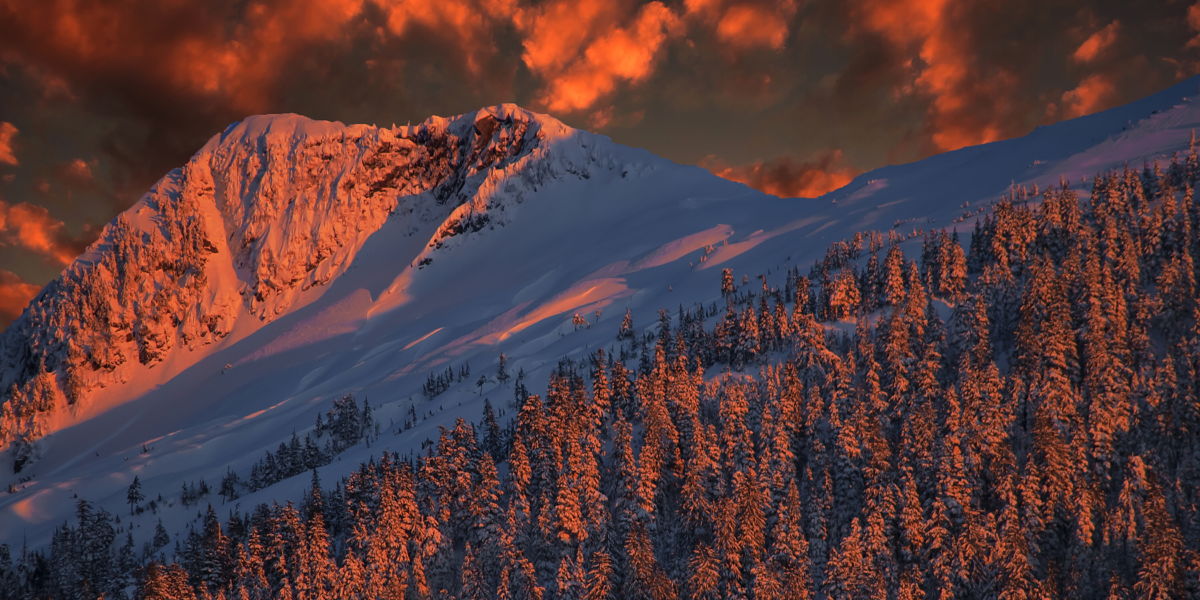
Protection of America’s Largest National Forest Overturned, Will Open to Logging, Road Construction
“While tropical rainforests are the lungs of the planet, the Tongass is the lungs of North America.”

Carlos Rojas/Getty Images

Measures put in place nearly 20 years ago to protect Alaska’s Tongass National Forest, a mostly undeveloped wilderness, are being undone in order to permit logging and road construction in the region, the U.S. Department of Agriculture announced.
The largest temperate rainforest in the world, Tongass was established as a national forest in 1907 following an executive order by President Theodore Roosevelt and covers a territory roughly the size of Massachusetts.
“While tropical rainforests are the lungs of the planet, the Tongass is the lungs of North America,” Dominick DellaSala of the Earth Island Institute’s Wild Heritage project told the Washington Post. “It’s America’s last climate sanctuary.”
Tongass, which received its protected designation in 2001 under the Clinton administration, is home to one of the largest populations of brown bears and bald eagles in the United States, as well as a subspecies of timber wolf and trees ranging in age from 300 to 1,000 years old, according to a Smithsonian report.
The 2001 implementation of the “Roadless Rule” for Tongass, now overturned, was designed to prevent tree cutting and road construction in the forest’s most wild areas.
“The Tongass is America’s Amazon,” Adam Kolton, executive director of Alaska Wilderness League, said. “This presidentially directed move to gut roadless protections for our nation’s largest and most biologically rich national forest is a calamity for our climate, for wildlife, and for the outdoor recreation economy of south-east Alaska.”
The USDA is singing a different tune, however, claiming that protection exemptions from previously preserved areas “can be made without major adverse impacts to the recreation, tourism, and fishing industries, while providing benefits to the timber and mining industries, increasing opportunities for community infrastructure, and eliminating unnecessary regulations,” according to a statement provided to the Associated Press.
Additionally, the USDA asserted that any upcoming projects must still comply with guidelines set forth by forest management.
Sen. Lisa Murkowski (R-Alaska) credited the decision on Twitter, calling it “about access for transportation and recreation to promote jobs and economic activity in the region—all while ensuring continued good stewardship of our lands waters.”
“I was born in Ketchikan, located in the heart of the Tongass,” the senator wrote. “My parents were raised there. The Tongass is home to about 70,000 Alaskans who live in 32 different islanded communities. “Many Alaskans who live throughout the area want what most Americans take for granted—the opportunity to live, work, and raise their families in the communities in which they grew up.”
Despite Murkowski’s contention, the decision has primarily received significant opposition, including vehement resistance from all five of Alaska’s Native nations.
“The decision to roll back the roadless rule on the Tongass was made in spite of, not in support of, southeast Alaskans and our communities,” Meredith Trainor, executive director of the Southeast Alaska Conservation Council, told AP.
Approximately 9.4 million acres of Tongass National Forest, a vast expanse that includes rainforests, glaciers, ice fields, and an array of ecosystems were protected under the “Roadless Rule.”
